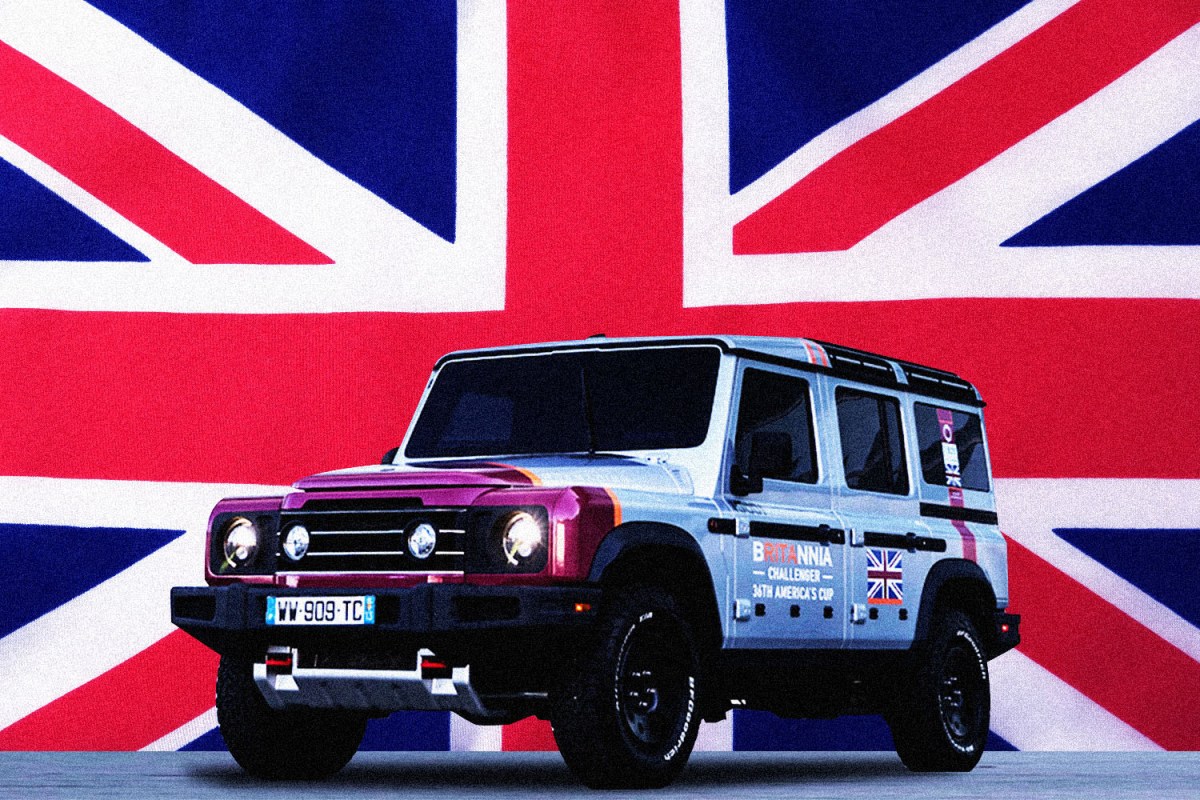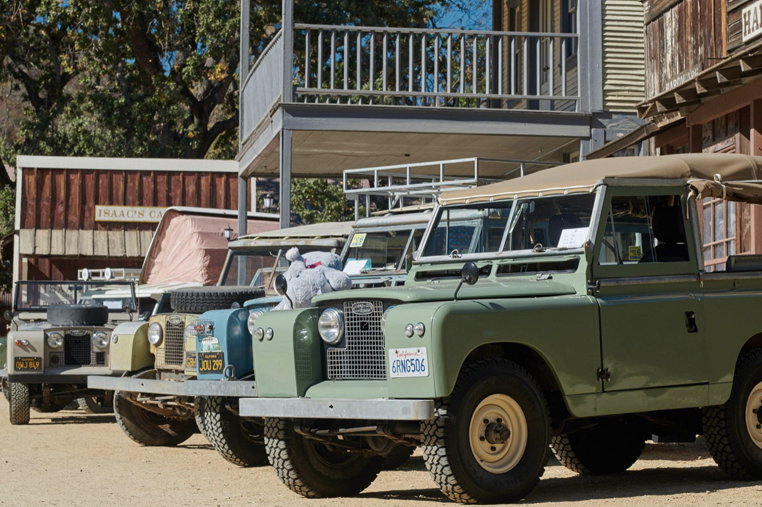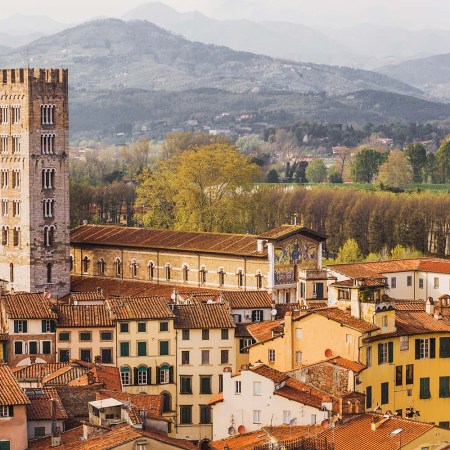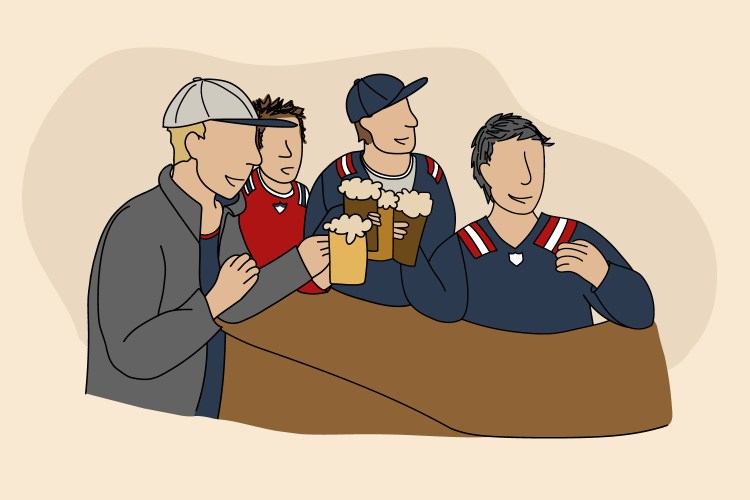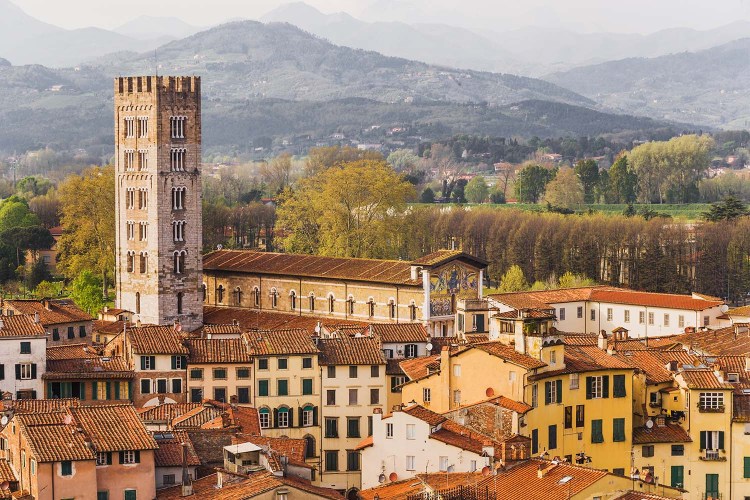We have official symbolic representatives here in the U.S., like the bald eagle and the Statue of Liberty, as well as unofficial but no less recognizable emblems of our country, like American football or Guy Fieri. Every other nation has this representative dichotomy as well; in the U.K., they’ve got the Union Jack on the sanctioned side, and while not I’m not at liberty to speak for them, I’ll take an educated guess and say objects like toast and the Land Rover Defender are on the other.
Can you think of a vehicle that represents a nation with more distinction than the Defender does Britain? We’re talking about the Defender in the larger sense, of course, a name that has come to encompass the Land Rover SUV models before the terms “SUV” and “Defender” were coined — vehicles that go all the way back to the marque’s inception in the late ‘40s with the Series I.
The Defender was birthed from the wreckage of World War II, and despite finding inspiration from American jeeps (lowercase “j”), the 4×4 quickly established itself as a tough, utilitarian off-road icon, introduced at a time when the U.K. happily latched onto its accomplishments at home as it retreated from global conquest.
In June 2016, when a slim majority of Britons voted to leave the E.U. and the U.K. took another major step in its global retreat, the country once again turned to the Defender for strength. Less than a month after the vote, Brexiter Sir James Ratcliffe — the richest person in the country (according to the Bloomberg Billionaires Index), who nonetheless goes by Jim — announced he would be resurrecting the nation’s vehicular embodiment, as the SUV was discontinued by Land Rover six months prior after a 67-year run in the town of Solihull, England.
“His ambition … is said to be to make the Defender on British soil,” The Sunday Times of London reported at the time. His fellow countrymen applauded the nationalist endeavor, and automotive enthusiasts the world over (us included) applauded his commitment to reviving an icon. If that was going to be the result of Brexit — billionaires investing in homegrown companies and doubling down on the stalwarts of British culture — maybe leaving the E.U. wouldn’t be as painful as it seemed on June 24, 2016.
Now we find ourselves four and half years removed from the Brexit vote and into the production plans for the Ineos Grenadier, the title of Ratcliffe’s Defender replacement (“Ineos” is his petrochemical empire; “The Grenadier” is the London pub where he dreamt up the new vehicle). At the same time, the fate of the country and the vehicle find themselves more intertwined than ever.
The U.K. is inching towards its E.U. cutoff at the end of the year, and the populace is wondering if they made the wrong choice. Meanwhile, Ratcliffe has announced that the Grenadier will not, after all, be made in his home country. Instead, the vehicle will be built in France at a former Mercedes-Benz factory, as the site “gives excellent access to supply chains, automotive talent and target markets,” according to a press release.
The Grenadier was supposed to be a U.K. comeback story. What happened?
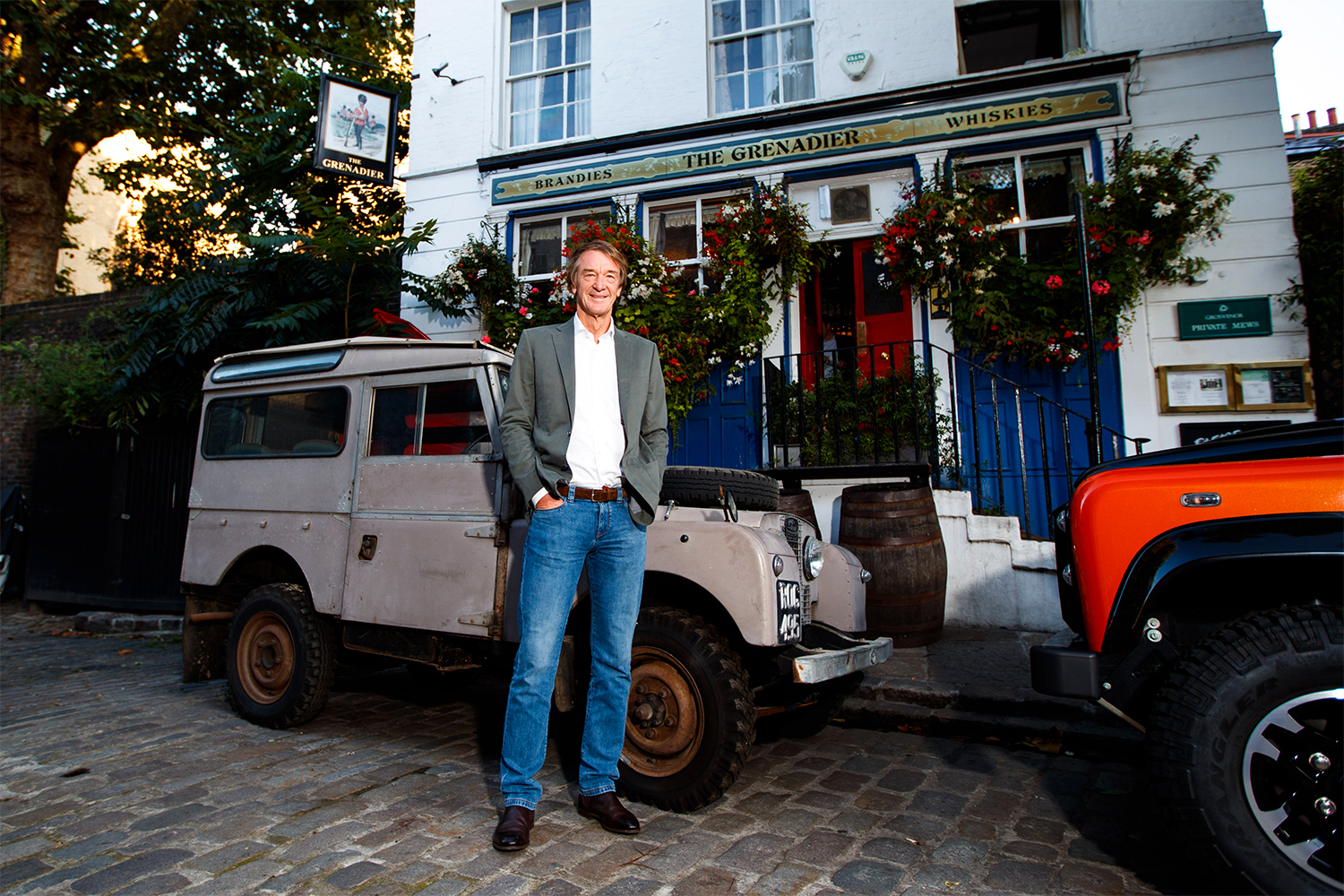
The Billionaire Playbook Trumps Country
We all love a benevolent billionaire fable. Jeff Bezos saving us from shipping fees. Elon Musk sending us to Mars. Jim Ratcliffe carrying Britain on his back, or at least in the back of a modern Defender. But it’s never as simple as christening a real-life Bruce Wayne, is it?
A few months after the Brexit vote, Ineos published a “vote of confidence” in the measure on its website. In it, Ratcliffe championed British ideals, pairing “rigour and grit” with “politeness and charm,” and reassuring the country by saying, “The betting money was on short-term pain and long-term gain.” But the thing is, he doesn’t get to lecture the U.K. about the ups and downs of their economy.
Ratcliffe has become a controversial tycoon for moving the headquarters of Ineos out of the U.K. to Switzerland to skip out on taxes. Even though he brought the company back alongside his initial automotive announcement, this fall — three months before he announced the Grenadier would be made in France — he made the personal move to Monaco to insulate his $26.5 billion fortune from being taxed in his home country.
Those financial evasions are, naturally, his legal right to make. But for someone campaigning for a solitary Britain, who was knighted for his contributions to business and investment in the country, and who claims to care about U.K.-made vehicles, the tax dodging is certainly not a vote of confidence in any of those areas.
Building a New Car Company in the 21st Century
To be fair to Ratcliffe and the entire team at Ineos Automotive, the move of the Grenadier factory from Wales (and Portugal) to Hambach, France, isn’t all part of some dastardly, hypocritical one-percenter scheme. In fact, the company has said since the beginning that while they hoped to build the off-roader in the U.K., they would look at “other European options” for manufacturing as well.
“However much we might enjoy the notion of resurrecting the Defender, it has to be financially successful,” Ratcliffe told The Sunday Times in 2016.
Those calculations led to Ineos Automotive to announce a number of global (read: non-British) partnerships, including one with Germany’s BMW Group to supply engines, the aforementioned deal with Mercedes-Benz to buy the Hambach plant (which “safeguards many jobs that might otherwise have been lost” … read: French jobs), and an Ineos Group deal with South Korea’s Hyundai that could potentially supply future Grenadier models with hydrogen fuel cells. It takes a global village to build a consumer car these days, something that Ratcliffe has seemed to understand longer than he’s put on.
After all, in September 2019, after announcing plans to build a brand new factory in the town of Bridgend in Wales, where hundreds of British people would be employed to manufacture the Grenadier, Ratcliffe said, “The decision to build in the UK is a significant expression of confidence in British manufacturing, which has always been at the heart of what Ineos stands for.” As it stands today, that Welsh outpost is scrapped — and the potential jobs with it — just like the original Land Rover Defender.
Despite the pandemic, Ineos Automotive plans to start churning out Grenadiers around this time next year. And who knows? Ratcliffe could end up with a worthy successor to the old-school Defender on his hands — initial prototypes certainly look promising. But now we know for sure that whatever it is that Ineos stands for, it certainly is not British manufacturing, or British solidarity.
But what does he care? When he picks up his shiny new Grenadier from the factory, he’ll be hanging a left out of Hambach, down to Monaco.
This article was featured in the InsideHook newsletter. Sign up now.
